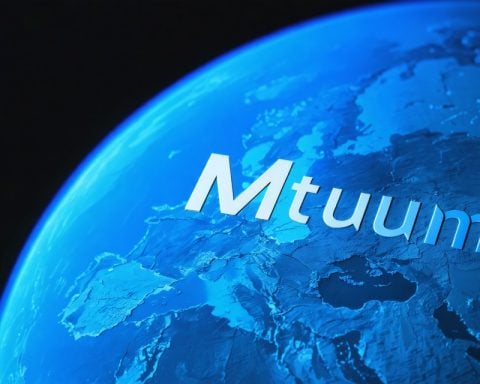In recent years, discussions about UFO sightings have transcended speculation, entering the realm of technological exploration. As advancements in artificial intelligence (AI) and machine learning grow, they are now being utilized to analyze unidentified aerial phenomena with unprecedented precision. This technological shift presents a new era of skepticism and understanding regarding UFO encounters.
Artificial intelligence excels at sifting through large datasets, recognizing patterns that humans might overlook. In the domain of UFO sightings, AI is being employed to examine thousands of reports and footage, differentiating between anomalies and identifiable objects with an accuracy not previously possible. This innovation transforms the way researchers address UFO phenomena, providing a rational and systematic approach to what was once considered solely speculative.
Moreover, governments are investing in AI technology to enhance national security and airspace monitoring. This trend has been propelled by concerns about potential threats posed by unidentified objects in both civilian and military airspace. With AI-driven tools, authorities can now rapidly identify and respond to aerial anomalies, ensuring a safer and more secure sky.
As AI continues to evolve, it holds the potential to significantly reshape our understanding of UFOs, making the search for extra-terrestrial life and unknown technologies more credible and scientific. The integration of AI into UFO research not only paves the way for future discoveries but also encourages a more informed dialogue about these mysterious sightings. Could this technological revolution finally unlock the secrets of our skies?
Unlocking the Secrets of the Skies: AI Transforms UFO Research
The integration of artificial intelligence (AI) into the study of unidentified aerial phenomena (UAPs), commonly referred to as UFOs, marks a significant technological and methodological evolution in the field. As AI advances, its impact on UFO research is manifesting through innovative features and approaches that promise a deeper understanding of these phenomena.
Features and Innovations in AI-Driven UFO Research
The application of AI in UFO research boasts numerous features that offer analytical precision and expansive insights:
1. Advanced Pattern Recognition: AI algorithms excel in identifying unconventional patterns within massive datasets, enabling the differentiation between natural celestial occurrences, man-made objects, and genuinely unexplained phenomena.
2. Real-Time Analysis: AI systems provide the capability for real-time monitoring and analysis of the skies, allowing immediate identification of anomalies and facilitating swift responses when necessary.
3. Enhanced Data Integration: By synthesizing data from various sources—radar, satellite, and civilian footage—AI creates a comprehensive and unified understanding of observed phenomena.
4. Predictive Modeling: AI can project potential scenarios based on existing data trends, thereby anticipating future UAP occurrences and assisting in strategic planning.
Market Insights and Trends
The growing interest in AI for aerospace and defense applications translates into significant investments, with governments enhancing national security capabilities via AI technologies. This focus not only addresses potential threats from UAPs but also accelerates advancements across sectors.
– Increased Funding: Nations worldwide are allocating substantial budgets towards AI development for aerospace surveillance, reflecting a trend towards tech-driven security strategies.
– Cross-Sector Collaboration: The convergence of tech industries, governmental agencies, and academic institutions fosters innovation and accelerates progress in AI and aerospace technology.
Security and Ethical Considerations
The deployment of AI in monitoring UAPs raises pivotal security and ethical questions. While the technology contributes to safer airspaces, it also necessitates robust data privacy measures and ethical guidelines to prevent misuse.
Future Predictions
Looking forward, the continuous refinement of AI-driven tools is anticipated to unlock previously hidden insights into UAPs. This could potentially lead to revolutionary discoveries in both extraterrestrial research and technological development, thus altering our understanding of the cosmos.
In conclusion, AI’s integration into UFO research heralds a new era of discovery, promising to make the search for unexplained atmospheric events more credible and scientifically grounded. With ongoing technological advancements, the mystery of the skies may soon unravel, fostering informed dialogues and potentially answering the age-old question of whether we are alone in the universe.









